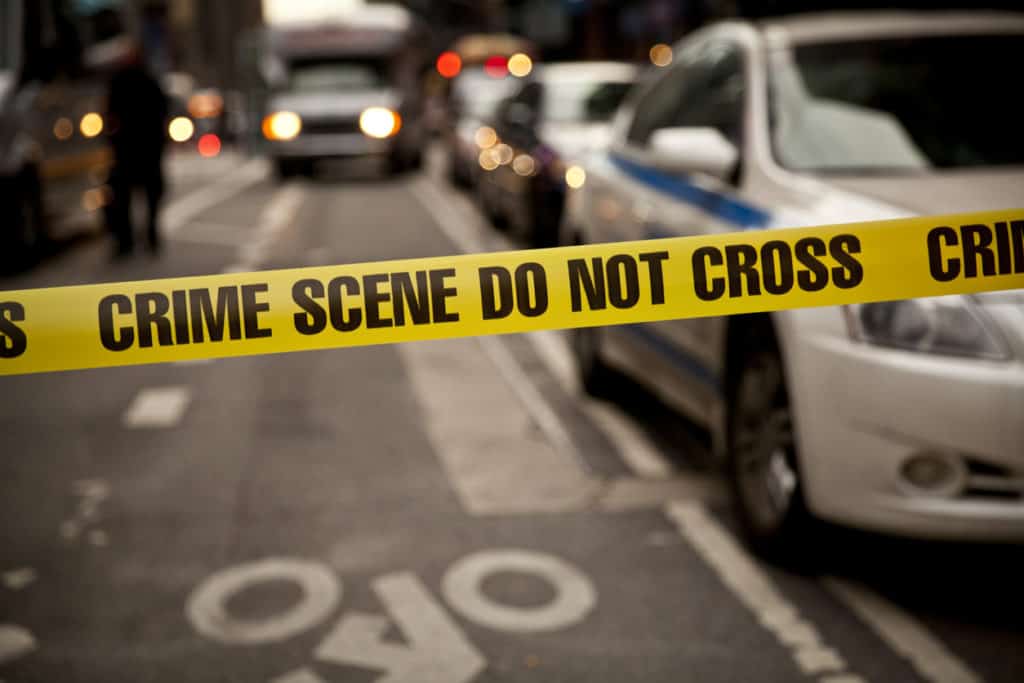The first step to analyzing a crime scene – observation – begins well before CSI gets there.
Cops train in it. Not as daring as tactical entry, or dramatic as saving a life, but in solving crime, it’s a game-changer every time.
“The initial responding officer (s), upon arrival, shall assess the scene and treat the incident as a crime scene. They shall promptly, yet cautiously, approach and enter the crime scene, remaining observant of any persons, vehicles, events, potential evidence, and environmental conditions.”
according to the FBI’s crime scene investigation guide for law enforcement

The best eyes, ears, and noses at a crime scene belong to the first cops there. Even if not crime scene investigators, they know the basics – observation, safety, evidence preservation, criminal law, and investigation. They view scenes differently than other first responders or civilians. What they observe may affect what evidence is processed, when, and how. Their first-hand knowledge can give perspective on how aspects of the scene tie into what is known; it may help lead to new information. It’s no accident the FBI gives equal weight to officers’ “initial response” and “receipt of information” as their two top priorities.
Experts at multi-tasking, police officers remain aware of whatever they do inside a scene alters it and may impact the case. Initial observations can lead to precautions that preserve evidence which may solve the crime.
For me, the best situation is that among the first officers through the door is a trained and experienced crime scene technician sensitive to evidence preservation; one who details how the initial responders necessarily altered a scene, and documents the changes. But don’t discount inexperienced or even officers not trained in CSI. I worked a murder-suicide scene with a non-CSI police officer who suggested six possible scenarios just based on physical evidence. His observations were used at autopsy to rule out five of the six.
A crime scene investigator’s first step is to talk to the initial officers on scene. Their observations can affect how the walk-through of the scene is conducted by CSI, what is included in a search warrant application, and even what equipment (like OSCR360) and/or additional personnel are needed.
Basic questions asked when analyzing a crime scene:
- Is the scene secure?
- Are there any hazards?
- Is there any fragile evidence?
- What do we know?
Through response, investigation, scene processing, report writing, case management, lab analysis, arrest, trial prep, prosecution, and courtroom testimony – the ultimate results of guilty or not guilty rely on every law enforcement professional’s powers of observation.